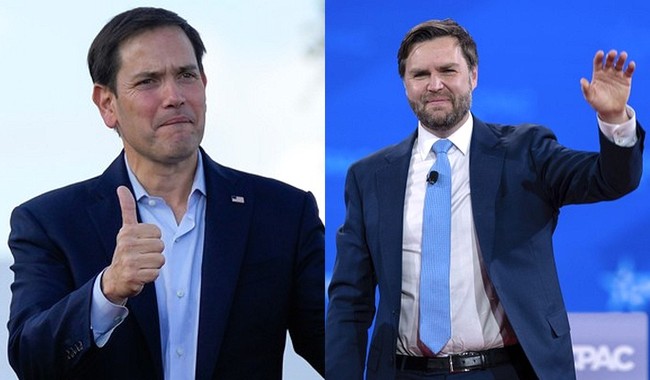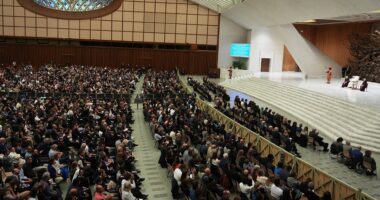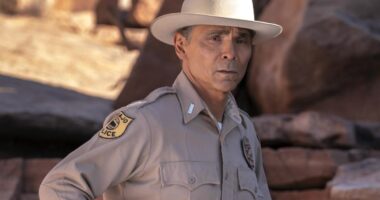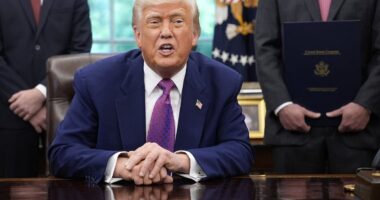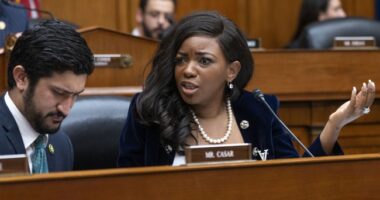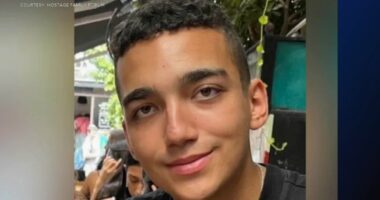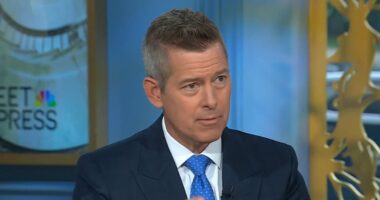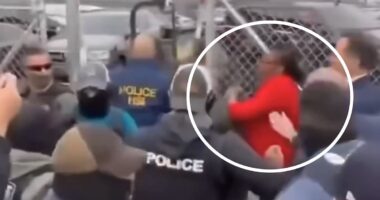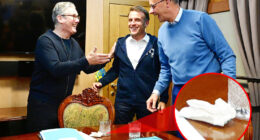
Even though the specific perpetrators of the massacre have not been identified, the Indian government suspects the Pakistan-based terrorist group Lashkar-e-Taiba (LeT) and also holds Pakistani security forces responsible for failing to prevent such attacks.
Vice President JD Vance, who happened to be in India during the attack, played a crucial role in negotiating the ceasefire. It was decided that he would take on the responsibility of contacting Indian Prime Minister Narendra Modi.
During his midday conversation with Modi, Vance emphasized that the United States believed there was a high likelihood of a significant escalation in the conflict as the weekend approached.
The vice president encouraged Modi to consider de-escalation options, including a potential off-ramp that U.S. officials knew the Pakistanis would be amenable to.
Officials from all sides stayed up into the wee hours working for a breakthrough:
Modi listened to the vice president’s message, although he didn’t explicitly indicate openness to any of the options put forth.
Vance’s call to Modi came less than a month after he met with the Indian leader in New Delhi to discuss trade talks.
From that point, key U.S. officials continued to work the phones with their counterparts in India and Pakistan into the night to help re-establish communications between the two sides, allowing them to work out terms for a ceasefire in the next 12 to 18 hours.
